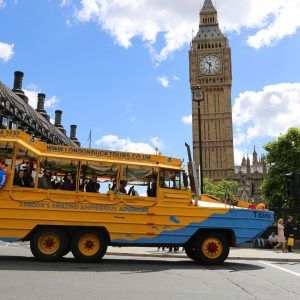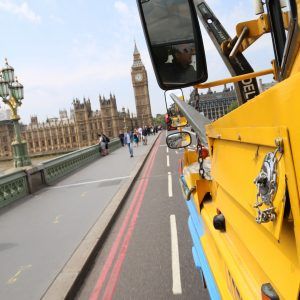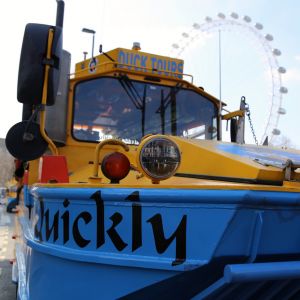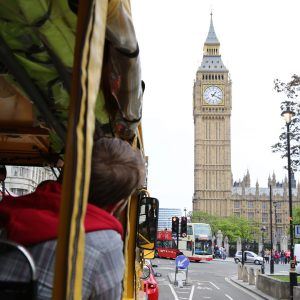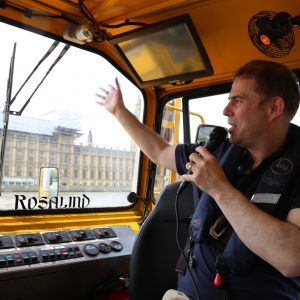The undisputed masterpiece of the 13th to 16th centuries, Westminster Abbey has been at the beating heart of British religious and royal history for over a thousand years. It’s been the location of every single coronation since that of William the Conqueror in 1066, and has celebrated no less than sixteen royal weddings. It’s also right in the middle of Westminster, cheek by jowl with the Houses of Parliament, and still used as a church for day to day regular worship. Most London Duck Tours routes feature the Abbey in their list of sights and landmarks.
The Royal Peculiar
The magnificent Westminster Abbey, or the Collegiate Church of St Peter in Westminster, to give it its full and correct title, holds countless memorials to famous writers, poets, scientists, soldiers, and musicians – indeed the famous, the good and the great. It also is the final resting place of many past Kings and Queens including: – Henry V (1422), Mary Tudor (1588) Elizabeth I (1603) Charles II (1685), George V (1936) and George VI (1952). A tour around the 600 plus memorials, tombstones and crypt alone is worth the entrance fee, and should be given at least a couple of hours of your visit to fully appreciate. Of particular note is the solemn tomb of the Unknown Warrior, dating from World War I – it’s traditional of Heads of State visiting London to lay a wreath on this memorial.
The “West Minster”
Established in the 1040s by Edward the Confessor on land on the north bank of the Thames known as Thorney Island beside an older Benedictine Monastery, the original church was dedicated to ST Peter. The name Westminster derives from its nickname “west minster” to distinguish the church from St Paul’s Cathedral to the east in the City of London – the “east minster”. Little of this original church survives other than in the arches and columns in cloisters under the abbey.
A new Gothic Abbey
Much of the building we see today stems from the plans founded by King Henry III in the 13th Century. He favoured a much larger abbey in the new Gothic style that was popular across Europe. This new church was consecrated on 13 October 1269. The abbey continued to be added to in the 16th and 18th centuries, with chapels added by Henry VIII and the Western Towers finished by Nicholas Hawksmoor in 1745. Of particular note are the 18th Century great west window and the rose window in the north transept.
The First Papal Visit to the Abbey
The Abbey was saved during the dissolution of its medieval monastery on 16 January 1540, by changing to an administrative role, responsible for much of the civil government of Westminster, which continued through to the early 20th century.
The Abbey continues to evolve and modernise in order to retain its role in today’s more secular Britain. It hosts a series of annual commemorative services to cover key historic dates – for instance to mark the Battle of Britain victory and Commonwealth Day and in 2010, His Holiness Pope Benedict XVI became the first Pope to visit the Abbey in its 1000 year history.


